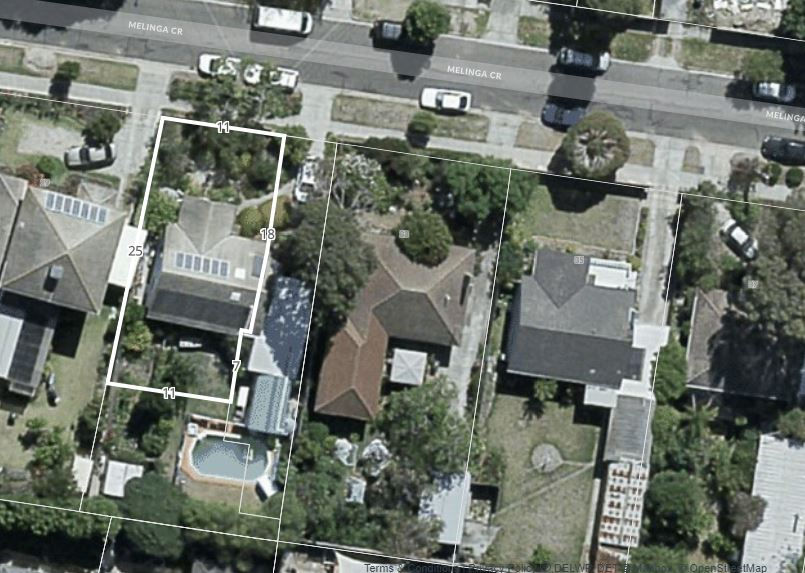Function Families Explained: Definitions, Graphs, and Real-World Uses
Overview: What Is a Function Family?
A
function family
is a group of functions that share key structural features-such as a common rule form or a characteristic graph shape-often centered on a simple
parent function
from which others are derived by transformations like shifts, stretches, and reflections
[1]
. In practical terms, linear, quadratic, absolute value, reciprocal, square root, exponential, and logarithmic functions can each be treated as families with consistent shapes and predictable behaviors
[1]
. At a higher level, families can also be organized by algebraic form (e.g., polynomials), symbolic features (e.g., radicals), or shared graphical traits
[2]
.
In calculus contexts, the phrase “family of functions” may refer to all antiderivatives of a derivative that differ by an additive constant, reflecting the constant of integration; these functions share the same derivative but vary by vertical shift [3] . Both viewpoints are useful: algebra emphasizes shape and form via parent functions and transformations, while calculus emphasizes shared derivatives and solution sets.
Core Concepts and Definitions
To ground the idea, recall that a function assigns each input in a domain to exactly one output in a codomain; functions are commonly written as f(x) mapping inputs to outputs [4] . A parent function is the simplest representative of a family. For example, f(x)=x is the linear parent; f(x)=x² is the quadratic parent. Members of the family arise by applying transformations (e.g., f(x)=ax²+bx+c from x² via vertical stretch by a, horizontal/vertical shifts, and reflections) [1] . In broader taxonomies, “+” combinations of monomials produce the polynomial family, within which linear and quadratic are subfamilies [2] .
Major Families and Their Parent Functions
Below are widely taught families with their parent forms and typical graph traits. This list is not exhaustive but covers common cases used in algebra and precalculus:
- Linear : Parent f(x)=x; graph is a straight line through the origin with slope 1. Any f(x)=mx+b belongs to this family and is a vertical stretch/flip and vertical shift of the parent [1] . Constant functions (m=0) are also linear and are simultaneously a subset of polynomials [2] .
- Absolute Value : Parent f(x)=|x|; graph is a V-shape with vertex at the origin; transformations move or scale the V [1] .
- Quadratic (Polynomial) : Parent f(x)=x²; graph is a parabola opening up. Any f(x)=ax²+bx+c is in the family; a controls vertical stretch and direction [1] , [2] .
- Square Root (Radical) : Parent f(x)=√x; defined for x≥0 in real numbers; graph starts at the origin and increases with decreasing slope [1] , [2] .
- Reciprocal (Rational) : Parent f(x)=1/x; graph has two branches and asymptotes on the axes; transformations shift asymptotes and scale branches [1] .
- Exponential and Logarithmic : Exponential parent like f(x)=a^x (a>0, a≠1) and logarithmic parent like f(x)=log_a x are inverse families; graphs show rapid growth/decay and log’s vertical asymptote, respectively [1] .
These groupings help you quickly anticipate domain, range, intercepts, asymptotes, and end behavior before computing details, streamlining modeling and analysis [1] .
Two Perspectives: Algebraic Families vs. Calculus ‘Families’
Algebraic perspective : A family is defined by a rule form or characteristic shape (e.g., all quadratics) and tied to a parent function and transformations. This viewpoint organizes functions for graphing and modeling tasks [1] , [2] .
Calculus perspective
: A “family of functions” can mean all antiderivatives of a given derivative, differing by an additive constant C: if F′(x)=g(x), then all solutions are F(x)+C. These share the
same derivative
and are vertically shifted versions of one another, forming a family used in general solutions to differential equations
[3]
.
Both interpretations are valid and context-dependent. In precalculus, expect shape-based families; in calculus, expect derivative-based families.
How to Identify a Function’s Family (Step-by-Step)
- Inspect the rule form : Look for telltale symbols or structures-highest power (polynomials), absolute value bars, radicals, or variables in exponents/logs. For example, the presence of |x| signals the absolute value family; √x signals a radical family [2] , [1] .
- Recall the parent function shape : Match your function to the basic graph-line, parabola, V-shape, hyperbola-like branches, etc. This narrows the family quickly [1] .
- Account for transformations : Identify shifts (h, k), stretches (a, b), and reflections. For instance, f(x)=2(x−3)²+1 remains quadratic despite transformations [1] .
- Check special features : Consider asymptotes (reciprocal, exponential/log), domain restrictions (square root requires x≥0 in reals), and end behavior (polynomial degree controls tails) to confirm the family [1] , [2] .
Example : Classify g(x)=−|x+4|+3. The absolute value bars reveal the family; the graph is a V flipped vertically (−) and shifted left 4, up 3-still an absolute value family member [1] .
Practical Applications and Case Examples
Linear modeling : Revenue as R(x)=mx+b scales with units sold; slope m indicates marginal revenue. Recognizing the linear family helps you estimate and extrapolate responsibly within observed ranges [1] .
Quadratic optimization : Projectile height often fits a quadratic model. Knowing the family indicates a single vertex representing the maximum height and symmetric descent, guiding parameter fitting and prediction [1] .
Exponential growth/decay : Populations, compound interest, or radioactive decay follow exponential families. Recognizing asymptotic behavior and constant percentage change is crucial for forecasting and risk assessment [1] .
Calculus general solutions : If y′=2x, then y=x²+C are all solutions-a calculus family differing by C, each with the same derivative. An initial condition like y(0)=5 picks a particular member (C=5) [3] .
Common Challenges and How to Resolve Them
Overlap between families
: A function may belong to multiple families (e.g., constant functions are both linear and polynomial). Resolve by identifying the
most specific
useful category for your task; for graphing standards, both labels can be correct
[2]
.
Misclassifying transformed graphs : Heavy shifts or reflections can disguise the parent shape. Re-express functions in vertex/standard forms to reveal the underlying family (e.g., completing the square for quadratics) [1] .
Confusing algebraic vs. calculus meanings : In problem sets, note whether the question references shape-based grouping or antiderivative families. Look for language like “parent function” or “constant of integration” as clues [3] , [1] .
Step-by-Step Practice Workflow
- Name the likely family by scanning for defining symbols or forms (| |, √, exponent on variable, highest polynomial degree) [2] .
- Sketch the parent from memory (line, parabola, V, hyperbola branches, exponential curve) [1] .
- Apply transformations systematically: adjust for horizontal shift (x−h), vertical shift (+k), vertical stretch/reflection (a), and, when present, horizontal scaling factors [1] .
- Verify features like intercepts, asymptotes, domain, and range to confirm family and catch errors [1] .
- If in calculus , check whether the problem refers to a general antiderivative family y=F(x)+C and use initial conditions to find a particular solution [3] .
Where to Study Further
You can explore structured lessons and visual examples of common families, including parent graphs and transformation rules, through open educational resources that organize functions by rule and shape [1] . For a taxonomy-style overview that groups functions by formula traits (e.g., polynomials, radicals) and notes overlaps among families, consult accessible reference guides [2] . To reinforce the calculus use of families tied to antiderivatives and constants of integration, review AP Calculus terminology and examples [3] . For foundational definitions of functions, domains, and mappings, see standard references [4] .
Key Takeaways
A function family groups related functions that share a rule form or graph shape, anchored by a parent function and transformed variants; in calculus, “family” can also mean all antiderivatives differing by a constant. Using families speeds classification, sketching, and modeling, and clarifies solution structures in differential problems [1] , [2] , [3] .
References
[1] LibreTexts (2022). Families of Functions.

Source: geeksforgeeks.org
[2] Statistics How To. Family of Functions.
[3] Fiveable (AP Calculus). Family of functions (constant of integration).

Source: mashupmath.com
[4] Wikipedia. Function (mathematics) – definition and notation.



